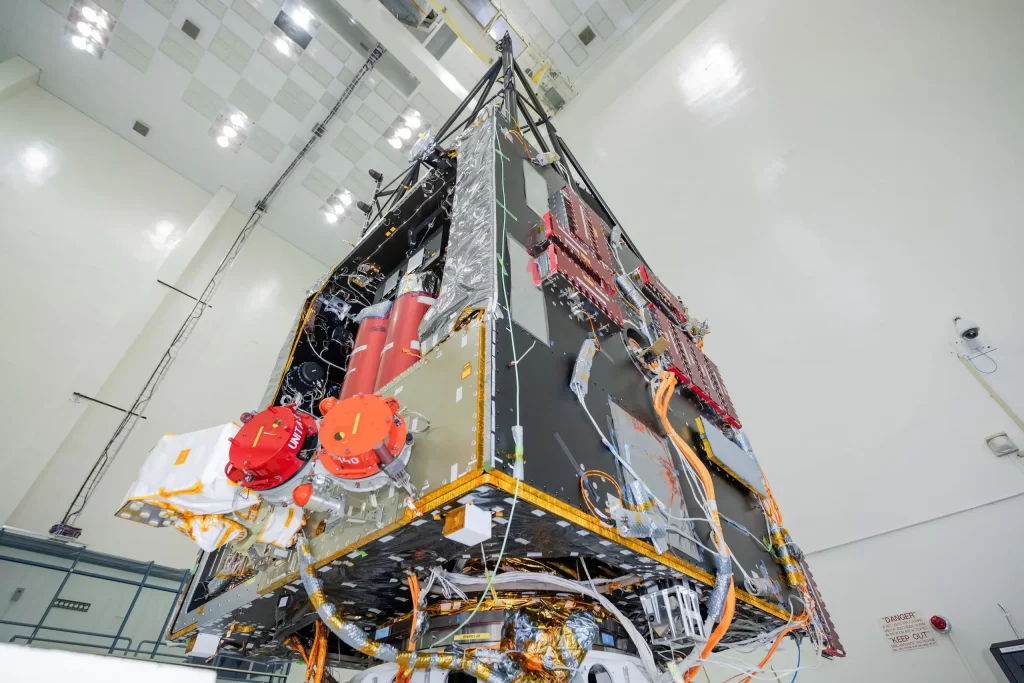The most potent solar electric propulsion (SEP) thrusters are now being tested by NASA and Aerojet Rocketdyne, ushering in a major change in space propulsion. Electric propulsion offers a more effective alternative to chemical propulsion, which has traditionally been used to generate thrust during space exploration.
Chemical propulsion requires substantial amounts of propellant to be carried onboard spacecraft, especially for return trips to Earth. In contrast, electric propulsion drastically reduces the fuel requirements while increasing travel speeds, making it vital for future missions. By ionizing inert gases such as Xenon or Krypton using electricity derived from sunlight, electric propulsion systems accelerate ions using magnetic or electrostatic fields, resulting in high speeds.
Electric propulsion drives also provide the flexibility for spacecraft to alter their speeds and trajectories mid-mission. NASA previously experimented with SEP during the Dawn Mission and is now preparing to demonstrate the most powerful version ever built on the Power and Propulsion Element (PPE) on the Gateway, its lunar outpost.
Aerojet Rocketdyne has developed the Advanced Electric Propulsion System (AEPS), which is twice as powerful as the most advanced electric propulsion system currently available. However, the AEPS must undergo rigorous qualification testing before it can be integrated into the PPE on the Gateway. NASA and Aerojet have commenced a yearlong testing campaign on a qualification unit identical to the thrusters that will fly on the Gateway in 2025. These tests involve subjecting the thruster to extreme conditions, including shock, vibration, and temperature fluctuations, simulating launch and flight scenarios of the Artemis Mission.
Another qualification unit is scheduled for testing in 2024, specifically focusing on orbit raising and transition to lunar orbit maneuvers. The comprehensive test campaign will be conducted in expansive vacuum chambers at NASA Glenn Research Center and will encompass 23,000 hours of thruster operation over a four-year period.
Despite the wear tests not being fully completed, the thrusters intended for the Gateway’s PPE will be launched to meet NASA’s mission schedule. The wear tests will be conducted during the thrusters’ operational lifespan, with a few thousand hours to demonstrate successful operations before the PPE launch, followed by an additional 15,000 hours to fully qualify the AEPS for future customers.
Rohit Shastry, the lead AEPS engineer, emphasized the significance of the testing campaign, stating, “This testing campaign is a big deal… It’s kind of the final leg before we test the thrusters that will actually fly on Gateway.” Clayton Kachele, the AEPS project manager at NASA Glenn, expressed the agency’s intelligent approach to expedite the process while ensuring thorough testing to meet launch deadlines and fully qualify the system.

